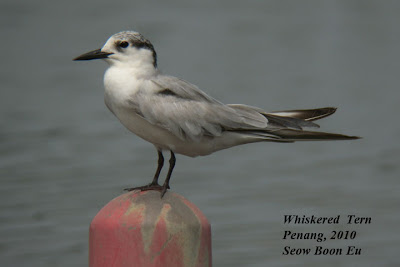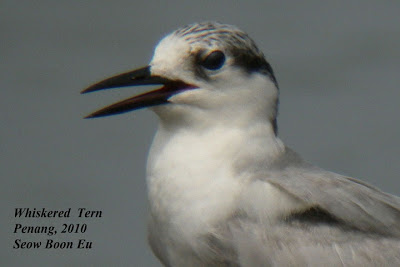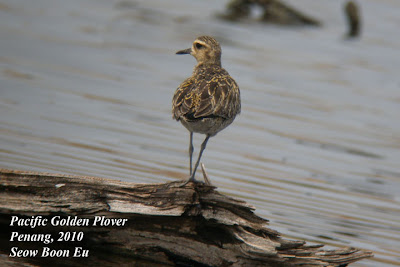I visited Singapore Botanic Gardens on 16-Jan for the Singapore Hornbill Project documentary screening. The documentary was really interesting and had captivated my attention, it is about the hornbill conservation project to re-introduce the native Oriental Pied Hornbill back to the forest of Singapore, especially the Pulau Ubin and forest reserves.
The documentary has shown that the researchers, passionate citizen scientists, bird lovers and sponsors have done a marvelous accomplishment to bring back these fascinating birds to Singapore's forest.
Here is the description of the project and the documentary:
"Singapore Hornbill Project - Return of the King" is about the endeavour of a team of dedicated researchers, passionate citizen scientists, bird lovers and like-minded sponsors who spent more than 6 years studying the ecology and breeding behaviour of the Oriental Pied Hornbill. This hornbill was thought to be extinct in Singapore as it had not been seen for more than 150 years but it was rediscovered in 1994. From a single individual, the population of the Oriental Pied Hornbill in Singapore has now increased to more than 50, mainly due to the research team's efforts in providing suitable artificial nest boxes and improving the habitats for the birds to breed. This 40-minute documentary feature is a work of passion, which highlights the trials and tribulations of past years of research work to bring the King of the forest back to Singapore."
You can watch the introductory video in Youtube about this hornbill project here:
Besides the Oriental Pied Hornbill, there were three other hornbill species formerly recorded in Singapore, the Rhinoceros Hornbill, Helmeted Hornbill and Wrinkled Hornbill. I wish one day all these species will return to the forests of Singapore. Check out this LINK to find out more about the Singapore Hornbill Project.

Oriental Pied Hornbill, at the Gazebo in the Singapore Botanic Gardens.
Click on this LINK to learn more about the Hornbills in the Peninsular Malaysia, by Malaysian Nature Society. Last but not least, a must watch documentary about Saving the Hornbill by Pilai Poonswad from Thailand:




















